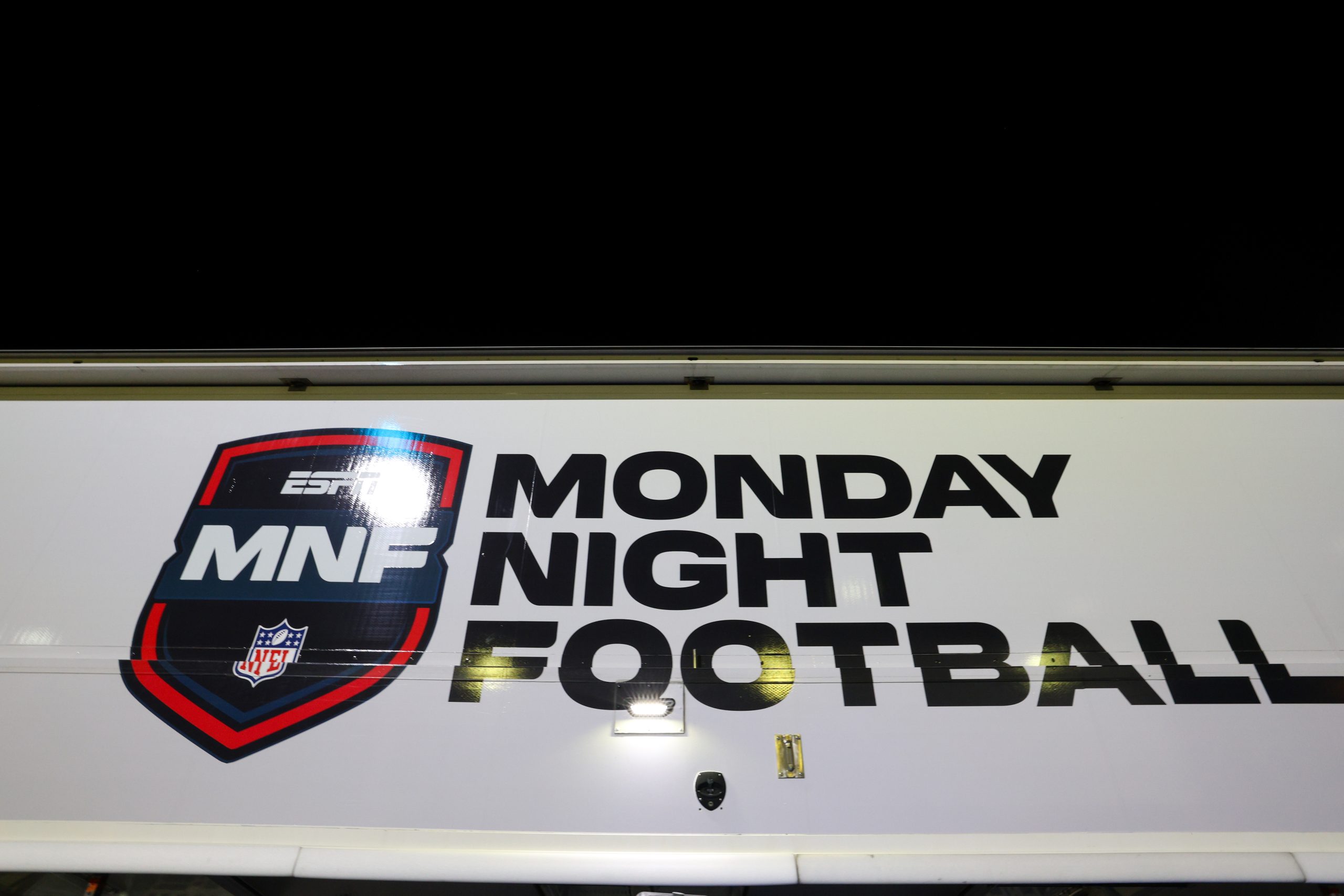The controversy over the new Nike-designed, Fanatics-produced MLB “Vapor Pro” uniforms has not abated since the season began. A notable recent issue is the visible sweat stains that have shown up on the uniforms (the gray ones in particular), seemingly in a much more significant fashion than happened with the old uniforms. And that prompted the first acknowledgment yet from Nike that there is an issue that they will be looking to change, as Stephen Nesbitt and Tyler Kepner reported at The Athletic Thursday:
As issues persist with Nike’s new MLB uniforms — sweat stains, mismatching grays — Nike says it is searching for solutions.
Meanwhile, a player asks, “Do we have the old ones in the back of the closet somewhere we can bring back out?”
With @TylerKepner: https://t.co/wcynO5wXon
— Stephen J. Nesbitt (@stephenjnesbitt) April 4, 2024
Here’s the key part of that piece on the sweat issue and the response it provoked:
In the past, the players’ names were clear and their sweat marks hidden. With the MLB-approved, Nike-designed, Fanatics-produced 2024 uniforms, it’s the opposite. The letters on the back are smaller, and the gray jerseys — which often don’t match the gray pants — allow sweat to seep through. Or pour through, as was the case when the Yankees played indoors in Houston last weekend. Images of Aaron Judge, Carlos Rodón and others in drenched jerseys circulated widely on social media.
In a statement to The Athletic, Nike acknowledged that they had received feedback from teams and are “testing different options to lessen the moisture-related aesthetic color differences.”
Sweat was also showing in Kansas City, where the Twins played the Royals with temperatures in the 60s.
“It’s a downgrade this year, that’s all I’ll say — it’s a downgrade,” said Twins pitcher Brock Stewart, who pitched with a sweat blob that roughly resembled the outline of Georgia on the right side of his jersey.
This adds to the many complaints about these uniforms already established this year, seen by players, broadcasters, and more. But the sweat issue is a new and interesting one. And it’s highly significant to see Nike admit they’re trying options to fix the problem, as well as one where gray uniforms have different shades for jerseys and pants (there, they told The Athletic “We have isolated the issue, and are exploring a solution to minimize it”).
Nike’s only previous statement on the uniforms after backlash started came in February. There, they said they’d continue to work with MLB and players, but didn’t admit any problems. (Meanwhile, Fanatics’ Michael Rubin has spoken out publicly against the criticism his company is taking for manufacturing these, saying they’re only doing what Nike tells them to.)
Uniforms, and uniform changes, are tricky. As per Nesbitt and Kepler, the shades issue here appears to come from the pants and jersey material coming from different suppliers (the pants vendor is the same as in previous years, and the jersey one is new) and arriving at Fanatics’ Pennsylvania factory pre-dyed, with different vendors having somewhat different dyeing processes.
Meanwhile, the sweat stains issue is more curious (especially with these new jerseys billed as better for wicking away sweat than the old ones). But MLB is not the only place where this has been an issue. For example. Premier League club Aston Villa hit something similar with their new shirt supplier this season.
Still, it is remarkable to see all the issues that have popped up with these uniforms, starting with smaller names. That’s reportedly partly about a narrower collar that bumped the MLB logo below the collar and shrunk the name font. As per a report last week from Paul Lukas of Uni Watch, the Kansas City Royals requested old full-size lettering, and wore that in spring training, but then were told to switch to the current small lettering for consistency. Other issues have included pants transparency (MLB insists there’s no changes there other than fit, but the fit change alone may have made them more revealing). And now, we’re seeing the current problems with sweat and multiple (hopefully not 50) shades of gray.
But there’s also a notable quote in that piece about the challenges in going from things made by a small company to a large one. MLB uniforms were previously made by Majestic: Fanatics acquired them in 2017, including their Pennsylvania factory, and Nike took over the design side for MLB on a 10-year deal struck in 2020. Nike and Fanatics didn’t change much until now, beyond adding the Nike logo. But they’ve now swung for the fences with these Vapor Pro changes, and the results are seeing some criticism. The Mets’ Brandon Nimmo had some good lines on that to The Athletic:
“That’s what happens, right?” said Nimmo, when shown a before-and-after photo of the Braves’ uniforms [which lost a stylized belt loop]. “Let’s say your local woodworker is making something. They’ll put a lot of attention to detail, it’s handmade, it’s a good, quality product. As soon as it becomes manufactured — like, big time — usually they start cutting the corners: ‘OK, we don’t need this detail, we don’t need that detail. We just need this product to work and we can sell it for the same price and just mass produce it.’
“It was Majestic before. It was a smaller company. They’d mainly dealt with baseball,” he continued. “Then you get a worldwide company that’s worth billions and billions of dollars. And most of the time, they have to answer to somebody who’s all about the bottom line, and they’ve got to make this profitable. I don’t know the whole story, but I just know how business works.”
Indeed, that is often how things work with acquisitions and mass production. And that seems to be part of the overall issue here, and the complaints it’s drawing.






